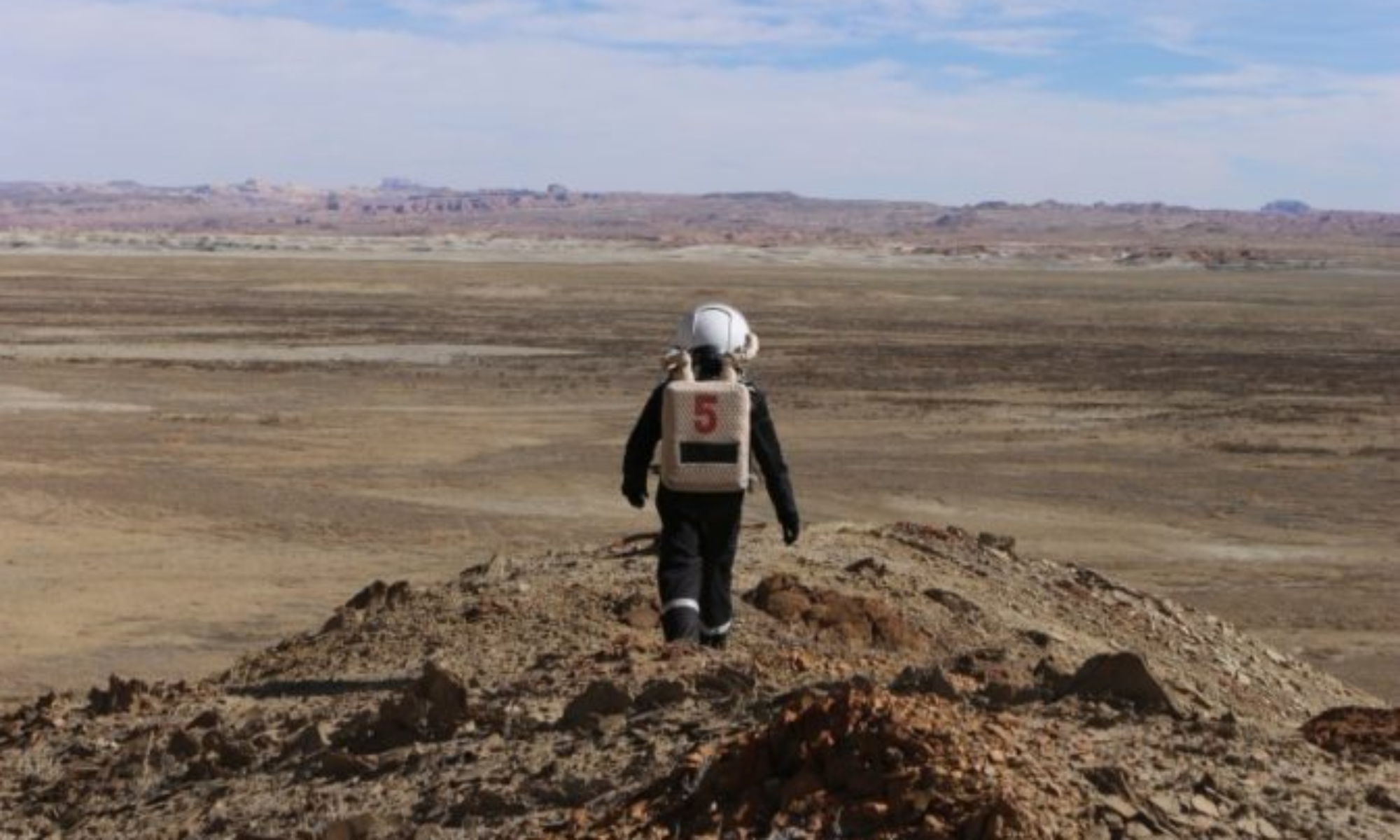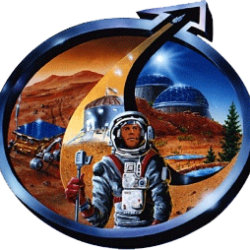Crew 261 Journalist Report 05-05-2023
Author: Kris Davidson, Crew Journalist
Stories have been an integral part of human culture since the beginning of time, and their life cycles often span centuries or even millennia. Over time, the facts of a story may become distorted or embellished as it is retold, leading to the creation of fictional narratives that have little basis in reality. And yet, these fictional narratives often carry an essential truth or message that resonates with people and endures across generations. Similarly, myths are often layered on top of true accounts to further some essential truth. Myths can be seen as a way of interpreting and understanding historical events or natural phenomena that are difficult to explain using rational or scientific means. By layering myths on top of these events, people can create a narrative that provides meaning and context, even if the details of the story are not entirely accurate.
This intersection of mythology and science can be seen in the naming of constellations and space shuttles after ancient myths. For example, the Apollo missions, which aimed to land humans on the moon, were named after the Greek god of music, poetry, prophecy, and the sun, Apollo. This name reflects the idea of reaching for the heavens, which has been a longstanding aspiration of human beings throughout history.
On Sol 5, Commander James Burk and Executive Officer Aline Decadi departed on EVA 7 in the morning, with a quest to fulfill several goals: mounting a drone test flight over an unexplored area to possibly be imaged for VR Mars in the future, continued testing of meshtastic devices, and capturing wind data for crew robotics officer, Erin Kennedy’ ongoing Atmosphinder work. During the course of the EVA, the drone was lost due to high winds and altitude. Upon return to the hab, Commander Burk named the wayward drone Icarus.
In Greek mythology, Icarus was the son of Daedalus, a skilled craftsman who created a set of wings made of feathers and wax for himself and his son to escape from the island of Crete. Daedalus warned Icarus not to fly too close to the sun, as the wax would melt, nor too close to the sea, as the feathers would become waterlogged. However, as Icarus soared through the skies, he became entranced by the sensation of flight and ignored his father’s warning. He flew too close to the sun, causing the wax in his wings to melt, and he plummeted into the sea. Back at the hab, crew engineer Jullian Villa-Massone and Commander Burk were able to locate Icarus using the drone’s built-in software. Transatlantic Mars Crew 261 is considering an EVA to retrieve the drone. Icarus may fly again, but through his new appointed name, he carries the ancient warning held in the myth.
The theme of safety and precaution flavored the rest of Sol 5. In the afternoon, Executive Officer Aline Decadi led a spacesuit safety session in the hab, with crew members acting out various emergency scenarios. The crew felt rewarded for these efforts when greenhab officer, Cecile Renaud, harvested fresh tomatoes and cucumber for the evening dinner.
Stories and myths have been a crucial part of human culture for centuries, serving as a means of interpreting and understanding the world around us. They may become distorted or embellished over time, but they often carry insights and lessons that endure across generations. The naming of the lost drone Icarus by Commander Burk on Sol 5 carries the ancient warning held in the myth and serves as a reminder of the importance of safety and precaution in space exploration. The crew’s spacesuit safety session and successful harvest of fresh produce highlight the importance of these efforts in ensuring the wellbeing of the crew on their mission to Mars.

